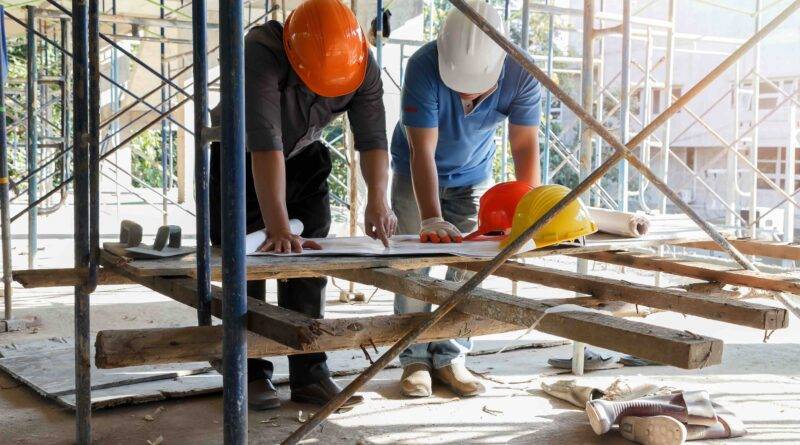Existing Home Sales Surge to One-Year High in February
In spite of the increasing mortgage rates observed in February, existing home sales persisted in their upward trend, reaching a peak for the past 12 months, as reported by the National Association of Realtors (NAR). Nevertheless, the persistently low inventory of resale properties and robust demand continued to push up existing home prices, marking the eighth successive month of year-over-year median sales price growth. Anticipated further drops in mortgage rates and a sustained enhancement in inventory are likely to stimulate additional demand in the forthcoming months.
According to the NAHB, the first-time buyer share fell to 26% in February, down from 28% in January 2023 and from 27% in February 2023. The inventory level rose from 1.01 million in January to 1.07 million units in February and is up 10.3% from a year ago.
At the current sales rate, February unsold inventory sits at a 2.9-months supply, down from 3.0-months last month but up from 2.6 months a year ago. This inventory level remains very low compared to balanced market conditions (4.5 to 6 months’ supply) and illustrates the long-run need for more home construction.
Homes stayed on the market for an average of 38 days in February, up from 36 days in January and 34 days in February 2023.
The February all-cash sales share was 33% of transactions, up from 32% in January and 28% a year ago. All-cash buyers are less affected by changes in interest rates.
The February median sales price of all existing homes was $384,500, up 5.7% from last year. This marked the highest recorded price for the month of February. The median condominium/co-op price in February was up 6.7% from a year ago at $344,000.
Existing home sales in February were mixed across the four major regions (as shown below). Sales in the Midwest, South, and West increased 8.4%, 9.8%, and 16.4% in February, while sales in the Northeast remained unchanged. On a year-over-year basis, all four regions saw a decline in sales, ranging from -1.2% in the West to -7.7% in the Northeast.

